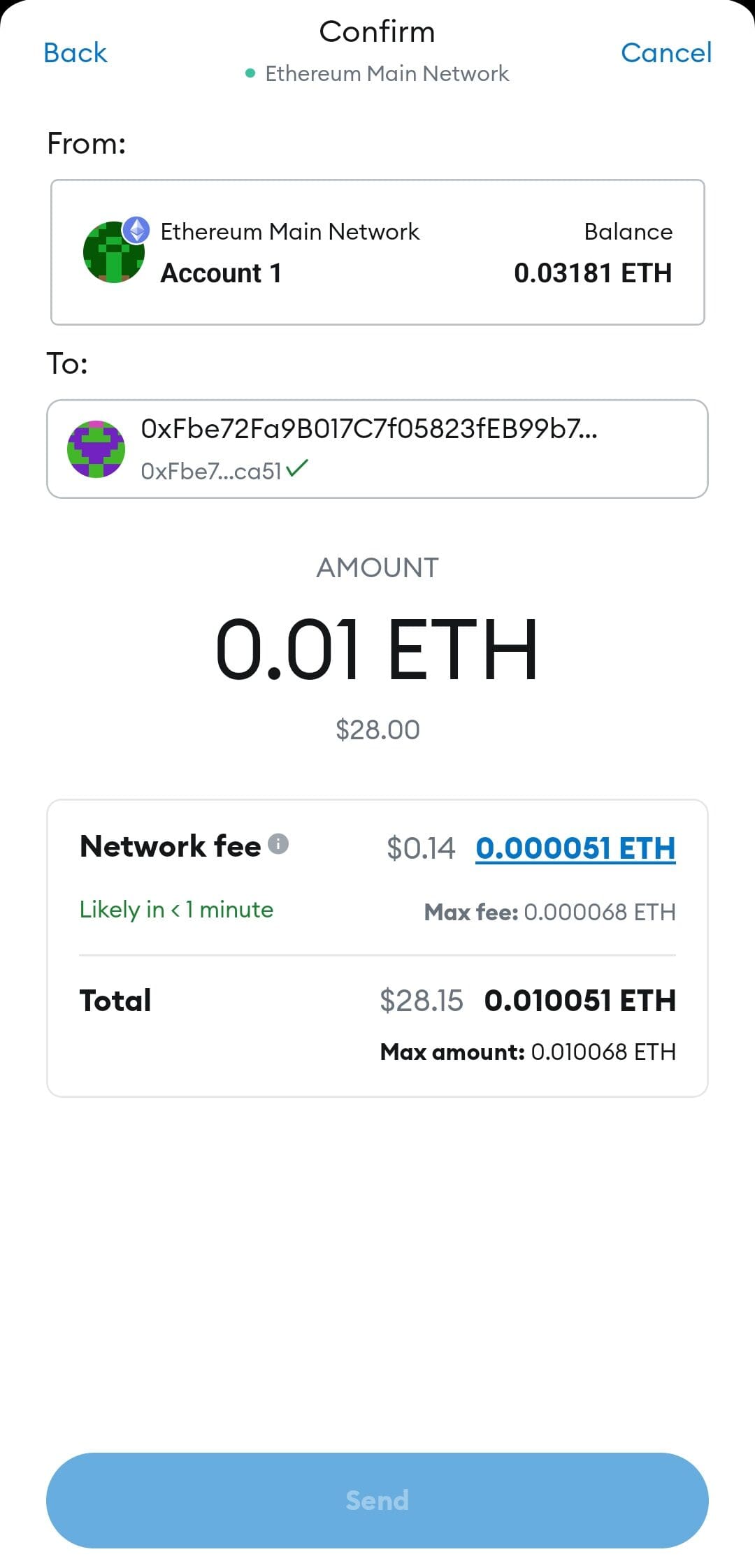Table Of Content
What Are Gas Fees in Crypto?
Gas fees are small payments users must make to complete transactions or interact with smart contracts on blockchain networks like Ethereum.
These fees go to miners or validators as a reward for processing and securing the transaction. The amount varies depending on network traffic and the complexity of the transaction.
For example, sending ETH may cost less gas than interacting with a DeFi app. Gas fees help prevent spam and keep the blockchain running smoothly.

How Do Gas Fees Work?
Gas fees are based on supply and demand within the network, and they adjust dynamically depending on usage.
Transaction Complexity Matters: Simple transfers, such as sending ETH, use less gas, while complex ones, like minting an NFT or using DeFi protocols, require more, and therefore cost more.
Network Congestion Increases Cost: When many users transact at once, demand for processing power rises, which drives up fees.
Priority Option Exists: Users can pay higher gas fees to get faster confirmation, as miners prioritize higher-fee transactions.
Fee Structures Differ by Blockchain: Ethereum uses a base fee + tip model, while others like Solana or Polygon offer much lower average gas fees.
How Ethereum & Other Blockchains Calculate Gas Fees
Gas fees are calculated differently depending on the blockchain, but they generally reflect the amount of computational power required for a transaction.
Ethereum’s Base Fee + Tip Model: Since the London Upgrade, Ethereum uses a base fee (burned) plus a tip to incentivize miners or validators.
Gas Limit Impacts Total Fee: Each action (e.g., sending ETH or using a smart contract) has a set gas limit multiplied by the gas price.
Other Chains Use Fixed or Lower Fees: Blockchains like Solana or Avalanche use flat or significantly lower fees due to higher throughput and efficient consensus mechanisms.
Market Demand Influences Fee Fluctuation: Fees rise with network congestion, especially during high-demand events like NFT mints or token launches.
How to Check Gas Fees Before Sending a Transaction
Before confirming a transaction, it's smart to check current gas fees to avoid overpaying.
You can use tools like Etherscan Gas Tracker, GasNow, or most Ethereum wallets (like MetaMask), which show estimated fees in real-time.
These platforms display slow, average, and fast fee options, so you can choose based on your urgency.
Also, many DeFi platforms now show live gas estimates at checkout. As a result, checking gas fees beforehand helps you decide the best time to transact and minimize costs.

Best Ways to Lower Ethereum Gas Fees
Gas fees on the Ethereum network can fluctuate widely, often making even simple transactions costly.
However, there are practical strategies you can use to reduce what you pay — without sacrificing functionality or security.
-
Transact During Off-Peak Hours
Ethereum fees are heavily influenced by network congestion. Therefore, fees tend to be lower late at night or on weekends when fewer people are transacting.
If your transaction isn’t urgent, waiting for off-peak times can save you a significant amount of ETH.
-
Use Layer 2 Networks
Layer 2 solutions like Arbitrum, Optimism, and zkSync are built on top of Ethereum and process transactions off-chain before settling them on the mainnet.
As a result, they drastically reduce gas fees while still allowing users to access Ethereum dApps, DeFi protocols, and NFTs.
For example, swapping tokens on Uniswap via Arbitrum may cost a fraction of what it would on mainnet.
-
Batch or Combine Transactions
If you're planning multiple transactions (such as sending tokens to several wallets or interacting with smart contracts), combining them into a single batch can reduce the base fees paid per action.
Some dApps and smart contracts allow batching automatically.
-
Choose Wallets with Fee Optimization
Wallets like MetaMask and Rabbi Wallet offer gas-saving tools. You can adjust your gas price manually or select the platform’s recommended options, which consider network conditions.
This helps you avoid overpaying, especially during volatile moments.
FAQ
If the gas fee is too low, your transaction may get stuck in the pending state or fail to be picked up by validators.
Some wallets allow you to cancel or replace a pending transaction with a higher-fee one using the same nonce value.
During popular events like NFT drops, many users compete for block space, causing congestion and a sharp rise in fees.
Even if a transaction fails, you're still charged for the computational effort, meaning gas is not refunded.
No, while Ethereum popularized “gas,” other blockchains use terms like “fees” or “network cost” but function similarly.
Sometimes. If you earn enough from staking (e.g., ETH), you may use those rewards to offset or cover gas costs.
On Ethereum, gas must be paid in ETH, but some chains like BNB Chain allow native token gas payments (e.g., BNB).
High gas fees can discourage small transactions, making it uneconomical to send or interact with smart contracts.
Gas fees may be deductible as part of your transaction cost when calculating capital gains, but tax rules vary by country.
They batch multiple transactions off-chain and settle them on Ethereum as one, reducing per-user costs.
